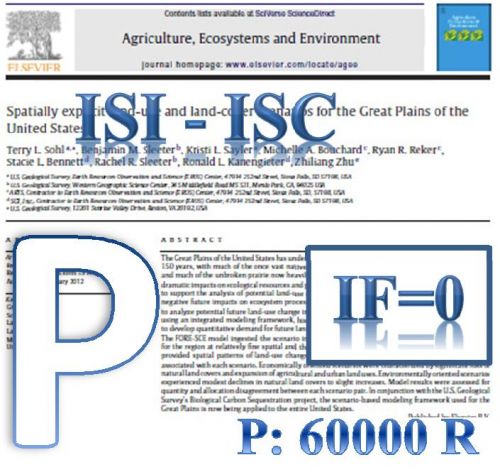The construction of tombs in the era of Islamic architecture is usually considered as being a manifestation of beliefs and rituals related to the honoring of the dead, along with other religious buildings, including mosques. The various structural methods of the tombs have been influenced by varied cultural and material factors. However, contrasting opinions and votes have been allocated to the issue of tombs laws in Islamic jurisprudence. At any rate, a foregone conclusion is that the presence of a large number of these buildings in many Islamic countries emphasises their special position in the Islamic society. Different types of Islamic decorative arts can be studied in accordance with the importance of the most beautiful historical domes of Iran, namely Kabood and Ghafarieh domes. This research is based on the study of some applied elements, such as tiling (Kashi Kari) and brickwork, as well as some of the architectural elements in the domes of Maragheh, like polo, which have not been observed in other Iranian buildings.
کلید واژگان :Gonbad-e-Ghaffariyeh, Gonbad-e-Kabood, Mosaic tile, Glaze tile, Seljuk, Ilkhani
ارزش ریالی : 600000 ریال
با پرداخت الکترونیک
